“COMANCHE” CHOPPED OVER A DAY OFF THE TRANSATLANTIC RACORD. GREAT BOAT, GREAT CREW, BUT REMARKABLE ROUTING FROM STAN HONEY
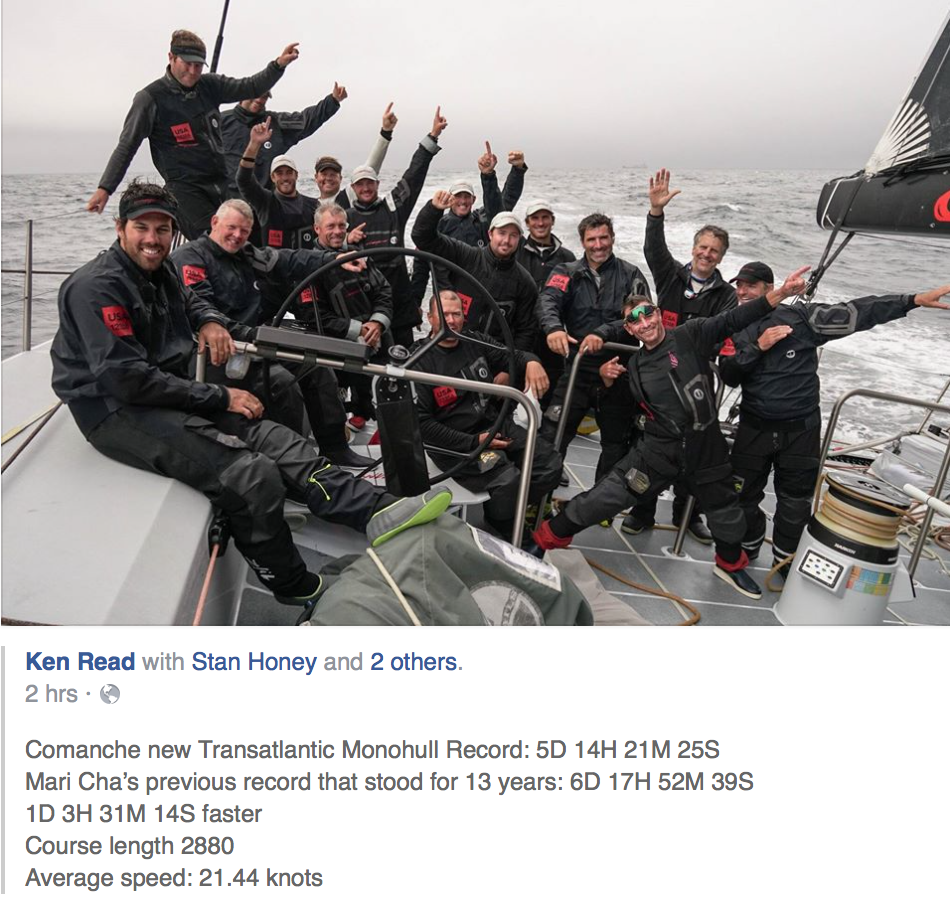
“COMANCHE” CHOPPED OVER A DAY OFF THE TRANSATLANTIC RACORD. GREAT BOAT, GREAT CREW, BUT REMARKABLE ROUTING FROM STAN HONEY

Published on July 22nd, 2016
(July 22, 2016) – Comanche, the 100 foot racing yacht owned by Jim Clark and Kristy Hinze-Clark, will depart this evening from New York (USA) and point her bow East to Britain as the record-breaking monohull takes on the Atlantic in a bid to continue breaking world records.
An exciting weather window has opened up which promises fast conditions with strong wind, great angles and flat seas all the way to Europe. With Comanche skipper Ken Read committed to TV commentating at the Louis Vuitton America’s Cup World Series in Portsmouth, England, over the weekend, the world class crew will be led by experienced sailors Casey Smith, Tony Mutter, Richard Clarke and Navigator Stan Honey. Due to other commitments, Comanche will also be missing regular crewmen Kelvin Harrap, Warwick Fluery, Jimmy Spithill and Ryan Godfrey.
North Sails President Ken Read, speaking from the America’s Cup event in the UK, said, “A fantastic weather window has opened up for Comanche to take on the Atlantic. We have been on standby for a few weeks now and have almost left on three separate occasions since the end of June, and each time we have had to piece together a different team based on who is available, before the weather fizzled out and shut down those attempts. But now the right conditions have presented themselves.
“On a personal level the timing couldn’t be worse as I am committed to my role as TV commentator for the America’s Cup and am on the wrong side of the Atlantic to jump on the boat with the crew, as are key crewmembers such as Kelvin, Jimmy, Warwick and Ryan. But that is life sometimes. It is very difficult to plan a record attempt, so different from a regatta that is scheduled on a very specific date. But this program, put together by the Clark’s, has always been about their core belief in The Team. Under the guidance of Casey, Stan and a crew boasting some of the best sailors in the world, Comanche is in perfectly good hands and if the weather cooperates, they will do it.”
Speaking ahead of the departure, Comanche owner Jim Clark stated, “Comanche was built to break records – she has already proven her potential in major events all around the world and this looks to be a great opportunity to continue her legacy. It’s a real shame her skipper Ken Read and other key crewmembers will have to miss this ride but he and I will both remain in close contact with the guys onboard. The crew is made of some of the best sailors in the world who all have great pedigree. I have a good feeling about this attempt.”
The highly experienced Navigator on Comanche, Stan Honey, identified the window of opportunity for the crew “The current weather models are giving us ideal conditions to potentially beat the record if everything develops as forecast. Whilst the patterns look perfect for now, with flat seas and a great angle with strong winds to power us across the Atlantic, as ever we are always at the mercy of changing weather, so we’ve got everything crossed. All in all now is the time to go if we are to take on the record this summer.”
The current monohull transatlantic record from West to East (Ambrose Lighthouse to Lizard Point) is 6 days 17 hours 52 minutes and 39 seconds, set by Mari Cha IV in October 2003. In 2015, Comanche set the 24 hour monohull distance record of 618 miles as they raced across the Atlantic (at an average speed of 25.75 knots).
To follow the progress of Comanche, please visit:
The boat will sail with only 17 crew and with all manual powered winches and hydraulics for this record attempt:
Casey Smith (AUS), Boat Captain
Stan Honey (USA), Navigator
Tony Mutter (NZL), Trimmer
Dirk de Ridder (NED), Main Trim
Chris Maxted (AUS), Boat Crew
Jon von Schwarz (USA), Grinder
Juggy Clougher (AUS), Bow
Julien Cressant (FRA), Pit
Nick Dana (USA), Bow
Pablo Arrarte (ESP), Runners
Pepe Ribes (ESP), Bow
Peter van Niekerk (NED), Trimmer
Phil Harmer (AUS), Grinder
Richard Clarke (CAN), Runners
Robert Greenhalgh (GBR), Main Trim
Shannon Falcone (ATG), Grinder
Yann Riou (FRA), Media
FROM SAILING SCUTTLEBUTT
Published on March 14th, 2016
Stan Honey, chairman of the Oceanic and Offshore Committee at World Sailing, is excited. Too many boats are losing their keels, and he is eager to share some of the progress being made to reverse this trend. Scuttlebutt editor Craig Leweck met with Stan for an update, with additional comments added by Dr. Jason Smithwick, Head of Technical & Offshore at World Sailing.
What are some of the initiatives about how we’re going to keep keels attached?
Stan: The first initiative which has now been approved and budgeted by World Sailing is to have a report writing committee that gets launched to write a report summarizing what happened in any particular incident that World Sailing determines may provide useful information to the sport.
For example, it might provide useful information on ways the Offshore Special Regulations (OSR) could be improved, or may provide useful information in whether the plan review process is working, and whether plan reviewed boats have keels with adequate structure.
The model for that is really the report that Rear Admiral (Rtd) Chris Oxenbould, Chuck Hawley, and myself did for the Vestas Wind grounding during the 2014-15 Volvo Ocean Race. We were asked to write a report and only state on what happened. Our task was not to assign any blame, but just to simply lay out the facts on what occured so that our sport could learn from it.
Of course, what we’re all thinking about is the aviation model. Aviation has more tools to use to encourage information to be made public, but aviation does an astonishingly effective job in how whenever there is a major accident in aviation, there’s always a report that becomes public later. It may be a few years later but there’s always a public report.
Jason: When World Sailing determines a report is needed, we would initiate that report on the basis that no other outside body is already conducting an investigation. For example, if the US Coast Guard is already looking into a loss of life then World Sailing will await the outcome of that report before initiating our own work.
Public reports are a big step.
Stan: The entire industry benefits from this kind of information. As a result of that, in addition to other things, aviation has just achieved a staggering level of safety. Sailing has fewer mechanisms to deal with in terms of the rules and certifications, but, nevertheless, we’re trying to get to the point where when the keel falls off or when there’s a major accident, there’s a report that does not seek to assign blame but rather just to lay out the facts so that people can learn from it.
We will be making a rule change to the OSRs. There’ll probably be a submission at the 2016 World Sailing Annual Conference in November that will put in a requirement as part of the OSRs, that by participating in an event and by holding an event, a competitor and the organizing authority agree to cooperate with the report should an important incident happen and should a report get written.
Sounds like a rule requirement is needed, but also a culture created wherein this kind of information is shared.
Stan: Yes, and it’s the culture that’s the most important one because it’s certainly true that it’s difficult for the rule to be that effective because most rules are designed to influence our behavior during a race, and these are rules that seek to influence our behavior after a race. Many people argue that such a rule is unenforceable and it can’t work. On the other hand, such a rule can help set the culture of the sport in an appropriate direction.
Additionally, such a rule can help owners do what they want to do anyway, which is to help the sport. If an owner is involved in a major incident, they may get encouraged by their builder, their designer, or their insurance company to keep the report private. But this rule would give the owners the ability to say, “No, this is a race boat. I insured it to race and these are the rules of racing, and it says I am to cooperate with a report. That’s what I’m going to do, and that’s the understanding.”
So the rule may not be binding, but it may help to change the culture and it may help the owners to do what they want to do. The insurance companies deny ever encouraging somebody to keep something quiet, as they would. And when you ask the insurance companies about these kinds of changes, they’re hugely supportive. They said, “Hey, wait a minute. Has there been a misunderstanding? We don’t make money when keels fall off.” They’re saying that they’re huge advocates of anything the sport can do to solve the problem of having keels that aren’t adequately attached.
Jason: World Sailing wants to engage the insurance companies within our framework to make plan review more cost efficient. For example, a boat that has had plan review and in-build inspection may have a lower premium to offset the cost of such certification.
Explain the plan review process.
Stan: Yes, we have a plan review process. A plan review is required on any new boat to be built that’s going to race under the OSRs under Categories 0, 1, and 2, although Category 0 frankly isn’t really used. The races that would use the Category 0 basically do their own derivative requirements. Examples of Category 2 is the Fastnet Race and Sydney Hobart.
ABS used to be in the scantlings definition and plan review business some years ago, but they chose to get out of it for smaller recreational boats, so World Sailing now has a new plan review process in partnership with Classification Societies and Notified Bodies which has been a requirement from January 1, 2010.
The most active of the notified bodies that does plan reviews is DNV GL. One of the things that we look at every year is if it is working. Meaning are keels falling off boats where their design had gone to plan review? And the answer prior to two Novembers ago was, “No, it had never happened.” But now the answer is, “Yes, it has happened.” In fact, there were two Class 40s that dropped their keels just before the 2015 Annual Meeting. World Sailing is working with the French authorities to discover the cause of these failures.
So we asked David Lyons, a structural engineer and naval architect, to review the plan review process to determine if it was working. And he confirmed that obviously as people learn more, you change and evolve the plan review process to address new kinds of construction practices and so forth. While he felt that overall the process was working, he pointed out something that’s kind of an obvious omission, which is in almost everything else that humans do.
He found that if something is important enough to be plan reviewed – whether it’s an elevator, an airplane, a building – it’s important enough to do an inspection, an as-built inspection, or an in-build validation is the other term that’s used. David pointed out that this may be something we’d want to consider.
The immediate reaction of our whole community is, “We can’t make this sport any more expensive.” There’s a lot of aspects of the plan review that doesn’t kill people, meaning if a hull comes delaminated, or a deck comes delaminated, or a rig falls over, or a rudder breaks, for the most part, it’s not an instant catastrophe where people die. But when keels fall off, that can be an instant catastrophe leading to immediate loss of life. So what comes to mind is, if we’re going to do an in-build inspection, could we do just one inspection, and can we focus only on the keel attachment since that’s the thing that kills people.
So David’s going to consult across a broad range of the industry experts and look at whether it would be affordable for our sport to extend the plan review process to include an in-build inspection, and as part of a plan review, you’d have to pick when should the inspection take place, at what point in the build, so you can still see what you need to see. As we all know, the beauty of having an inspection process is by nature it can improve things because of the heightened attention by everyone involved.
So the project to come up with a proposal for an in-build inspection if it’s viable, it may not be, turned out to be too big a task to ask David to do as a volunteer. We’re all only human. So we asked for a quotation, and we got a quotation for $40,000 US. For the past month or so I have been trying to raise funds for that.
World Sailing initially committed to fund $10,000 of that. Matt Allen, who is the president of the SOLAS Trust, which is an assistance organization founded by the CYCA following the 1998 Sydney Hobart Race disaster, has offered to cover half of the project – $20,000.
Then RORC and ORC both committed to cover $5,000 of it as well as contribute technical expertise. And both of those organizations have substantial technical expertise in this area, embodied in guys like James Dadd who did this kind of review for the Volvo Ocean Race boats and of course the ITC of the ORC which is a broad strong group of naval architects. Sailing Yacht Research Foundation (SYRF), which is the American sailing and research foundation that also has strong technical people involved like Dina Kowalyshyn and Jim Teeters, has also agreed to pay for $5,000 as well as provide some guidance input.
So overall I was delighted to discover that there was a number of organizations throughout our sport that almost overnight agreed that this was a good idea to consider and agreed to help pay for this initial feasibility study.
Along with the feasibility study there’s a go or no-go decision point. If it looks like it’s feasible and that this will make sense, then there would be a proposal for in-build inspection that will be done by October so we’ll get to review it at the next World Sailing Annual Conference in November.
If it gets approved, we’d probably take another year after that to put it in place, but nevertheless I’m delighted that we’re starting the process to both gather more information about these incidents and get it public where it can do some good, and then also see if we can directly address the problem of these keels falling off.
– See more at: http://www.sailingscuttlebutt.com/2016/03/14/keeping-keels-attached-in-the-future/?utm_medium=email&utm_campaign=Scuttlebutt%204539%20-%20March%2015%202016&utm_content=Scuttlebutt%204539%20-%20March%2015%202016+CID_e7a122f20d7ac7cdc8b3ec3a2b3c3243&utm_source=Email%20Newsletter&utm_term=click%20here#more
It is Boxing Day and the start of the Sydney-Hobart race. The weather has lived up to the prediction and the big boats have hit the Southerly Buster. Once through it the winds lighten and the small boats may catch up.
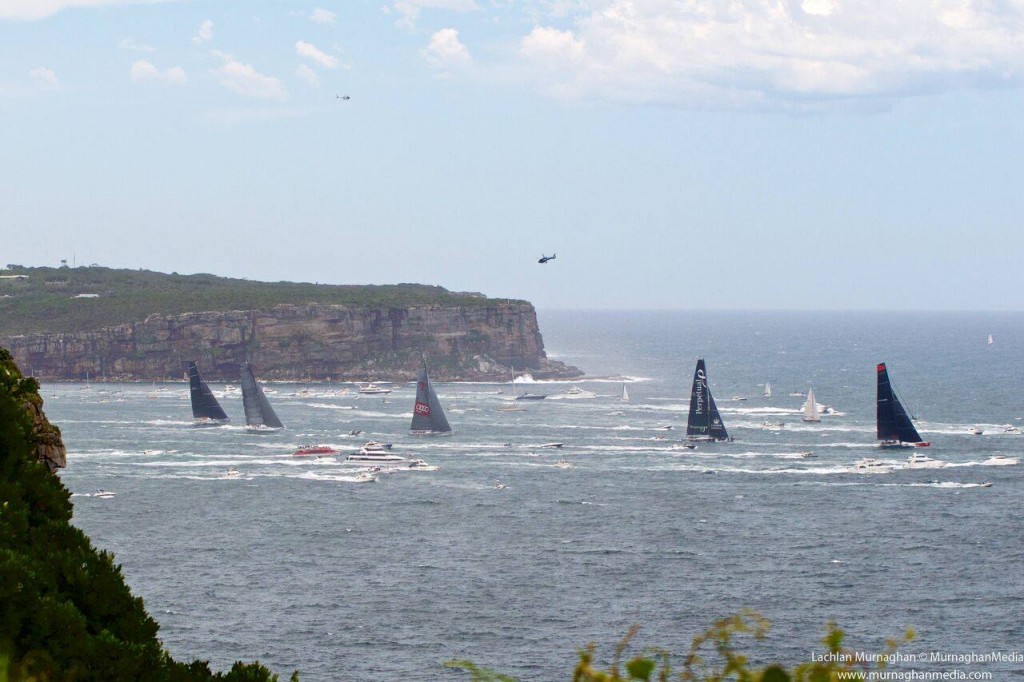
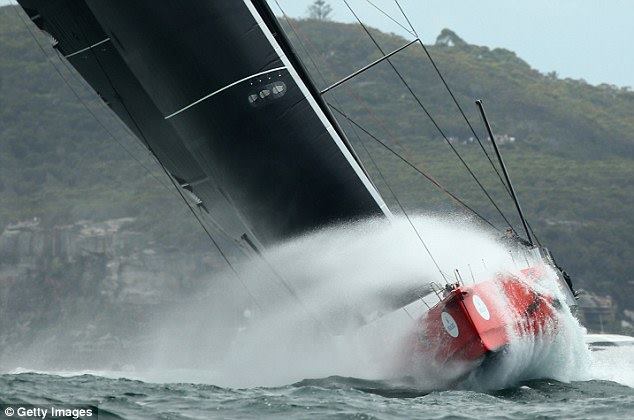
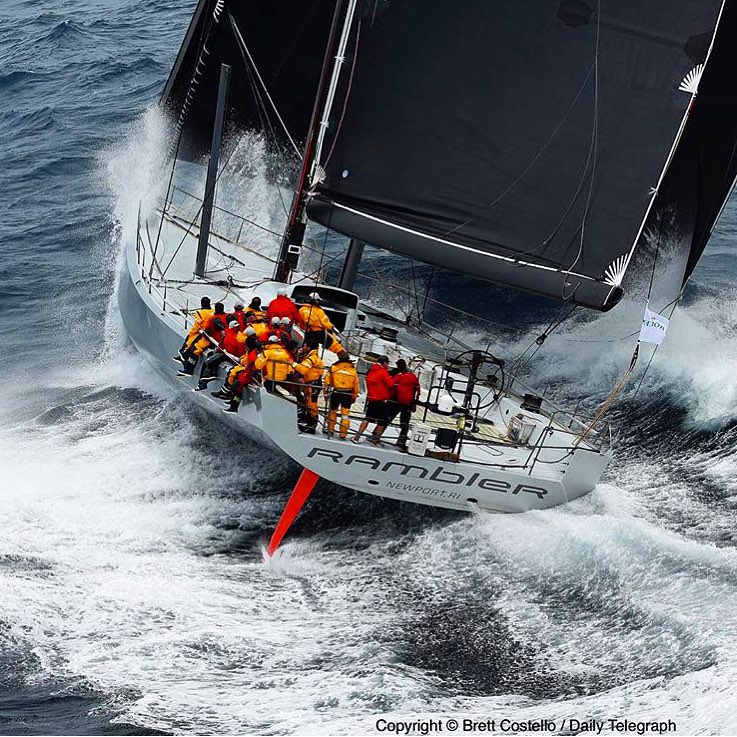
I am about to start my 9th transatlantic race on 7 different boats. I have sailed with a number of people as a result; and have warm memories of each race, each boat, and each and every person.
It is a fraternity that one can only join by competing.
I had news a few days ago that another of that fraternity had died. Peter Van Dyke passed away. A loss to our group.
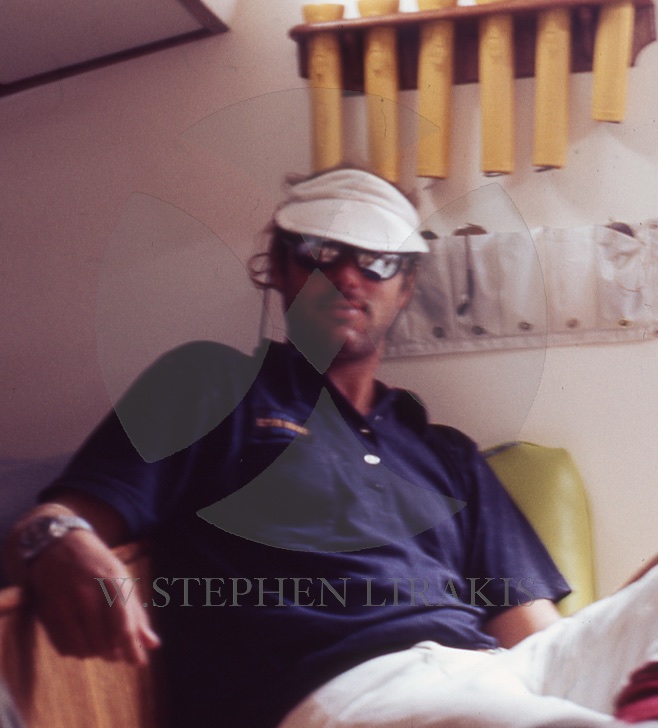
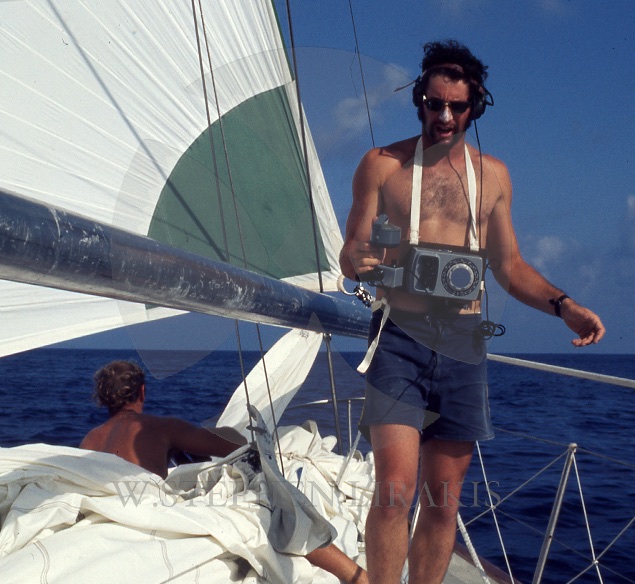
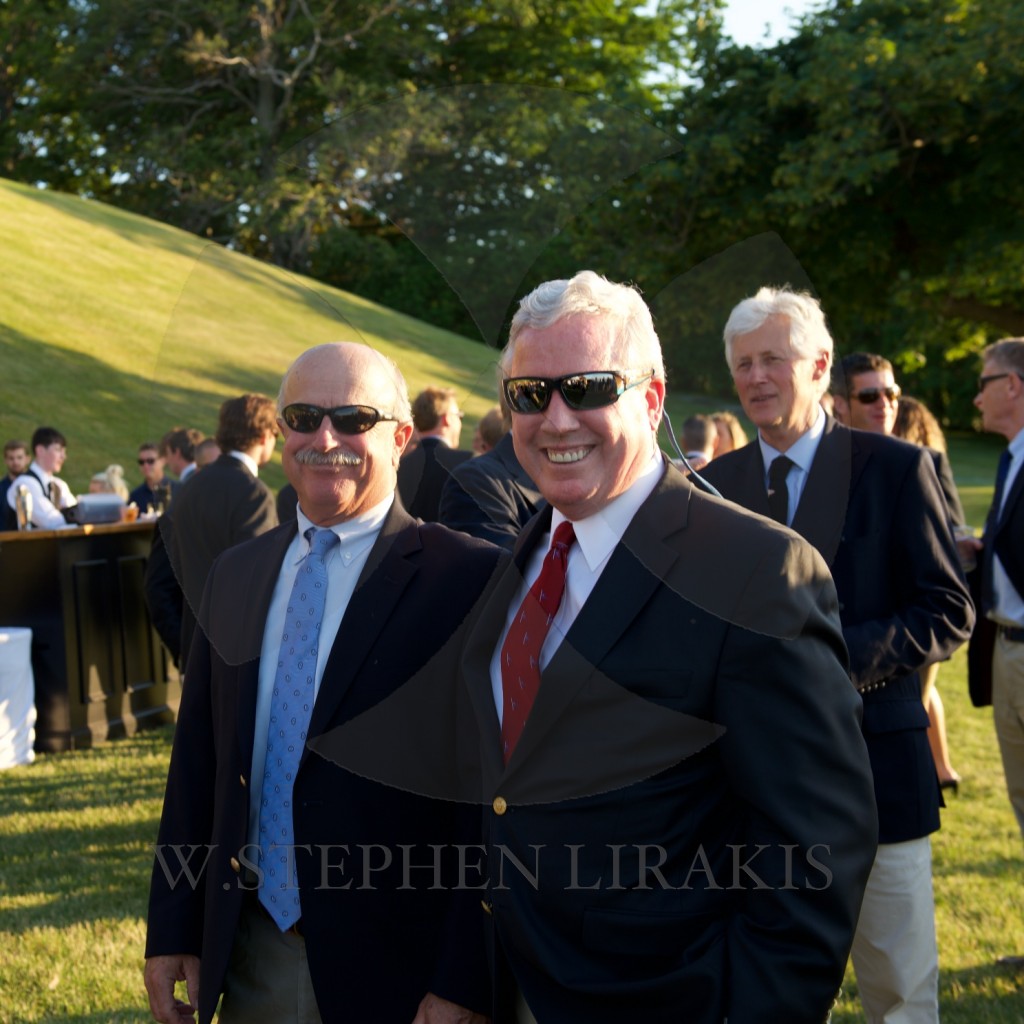
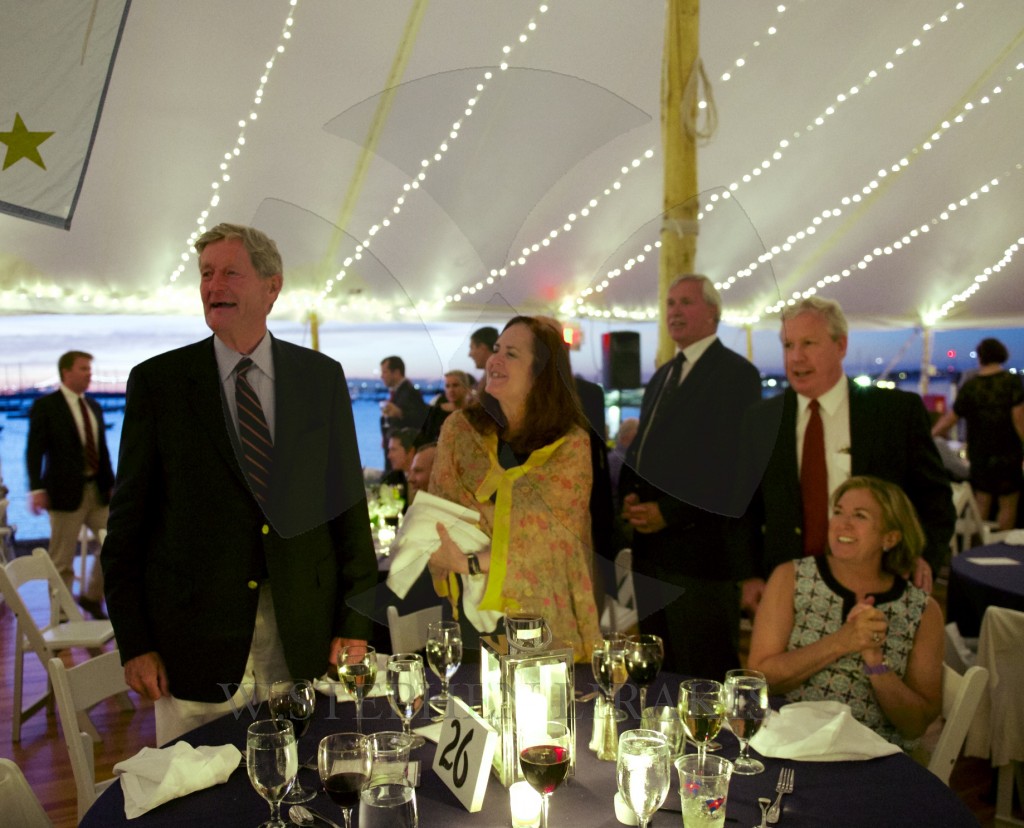
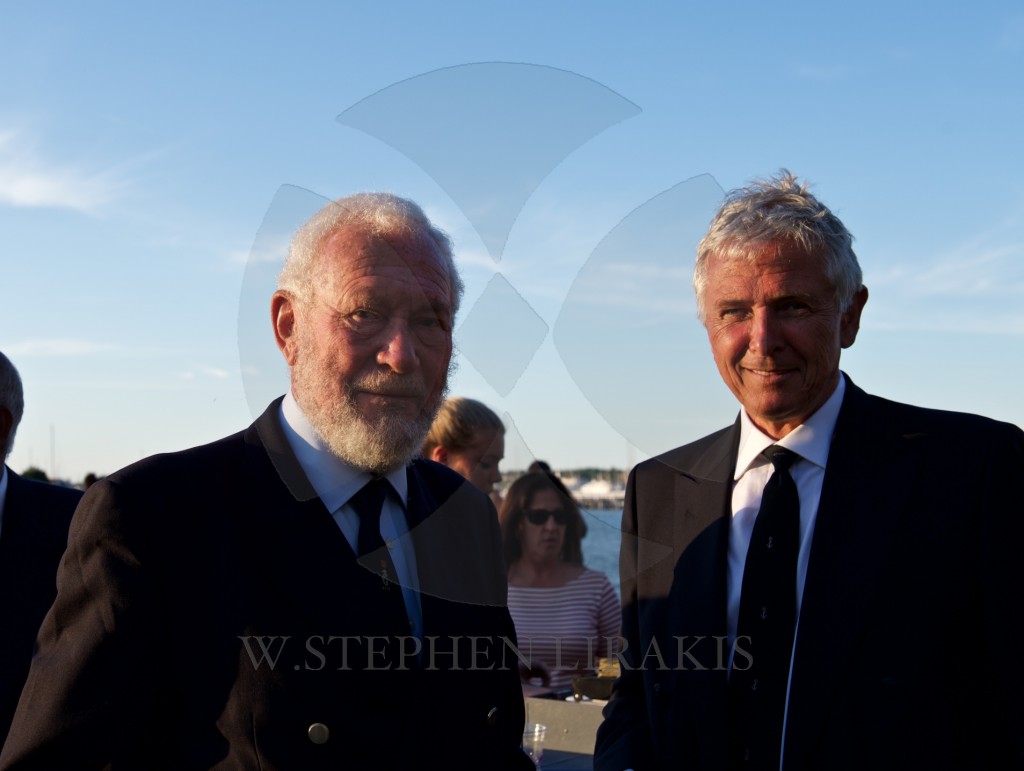
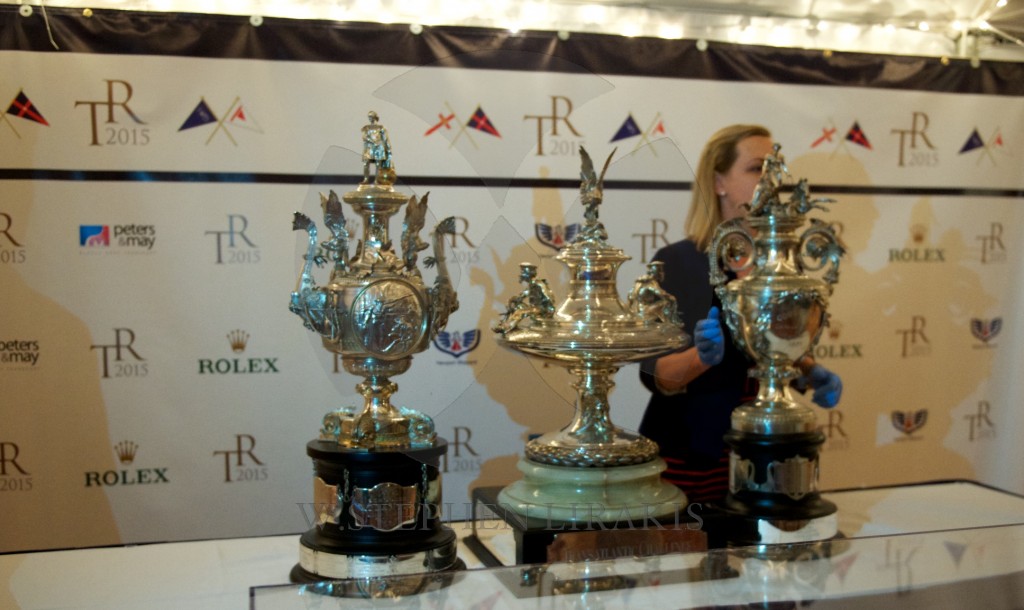
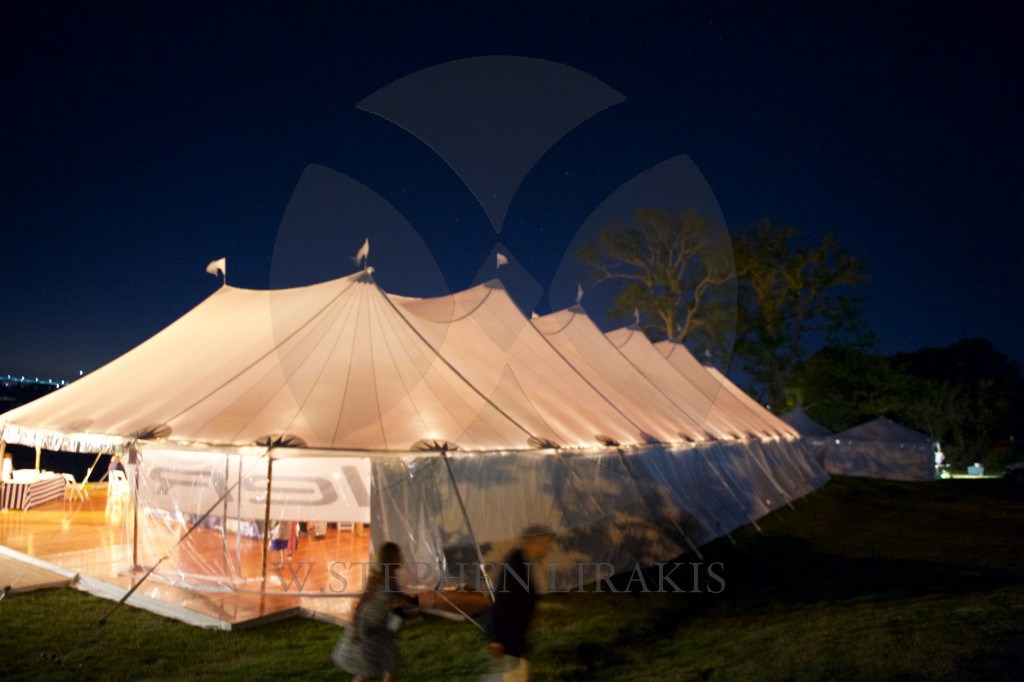
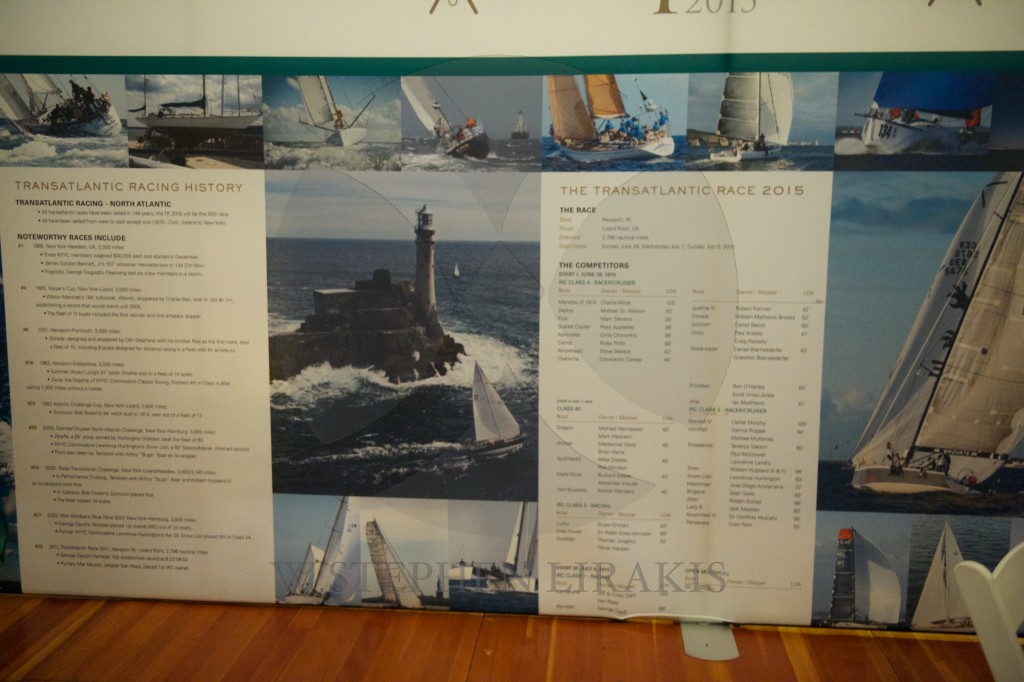

Even Bob Fisher, who as a journalist has always loved being an iconoclast is disturbed by the events leading up to the next America’s Cup to be held in Bermuda in 2017. Below are the words he penned for scuttlebutt:
2015-04-11_8-19-46
Bob Fisher: Disgracing the America’s Cup
Published on April 11, 2015 |
by Editor
Bob Fisher knows the America’s Cup, perhaps better than anyone. His books and articles have covered the event since 1851, and he considers the event unmatched in its history and intrigue. But what Bob sees now occurring for the 2017 edition gives him grave concern. Here are his words to the current trustee, Golden Gate Yacht Club…
I cannot escape notice of what you are doing to the America’s Cup – it has been nothing short of a disgrace to the premier event in the sport of Sailing. You have abused it, misused it and reduced it to no more than an average regatta, losing on the way its prestige and at the same time driven away the most serious competitors.
In the last America’s Cup event, held on the waters of the Golden Gate Yacht Club, for whom you act in a management role, the two challengers that came up to the mark were those from the Royal New Zealand Yacht Squadron and the Circolo della Vela Sicilia – Emirates Team New Zealand (ETNZ) and Luna Rossa. In the course of the past week you have made it virtually impossible for ETNZ to raise the necessary funds to continue by removing any chance of a major regatta in Auckland, and, by a huge change in the size of boat, caused the Italian team to withdraw. Is this what you really want?
Gone is all semblance of stability and adherence to rules unanimously agreed at the outset and in their place an undercurrent of commercial misunderstanding and constantly changing rules without the unanimity of the challengers as initially agreed. Both of these are a disgrace to the Cup and to yourselves.
It was brought to my notice by you, in Auckland, that it was important for a part of the Challenger Final Selection Series to be held in the City of Sails in order to generate publicity for the America’s Cup in Asia and the reason for that was a Japanese team would shortly emerge, and that this would encourage television networks to purchase the rights.
Subsequently, the America’s Cup Event Authority (ACEA) has made it clear that ALL Challenger Selection races will be held in Bermuda, effectively slapping ETNZ in the face and reducing the Kiwis’ chances of Government sponsorship (which hung on a major AC regatta in Auckland), possibly even eliminating this team from AC35
It is unnecessary for the America’s Cup to have a television audience. For many years there was no television coverage, and later only inserts into News programmes. Televising the event began in 1983 and was carried to a new height by ESPN in 1987 in Fremantle. Even then it didn’t need catamarans on hydrofoils sailing at 40 knots to be attractive – just 12-Metre yachts in boisterous conditions with some live sound from the boats.
Now, thanks to the wizardry of Stan Honey and his colleagues, full details of the speed and direction of each of the competitors is overlaid on the live pictures of the racing. The technology of other sports has improved television for even the non-sailor, but this does not drive the America’s Cup. Money does. And there will certainly not be enough from television rights to pay for the somewhat unnecessary regattas that take place using the name of the event that has, over 164 years, taken place only 34 times.
The America’s Cup is a one-off event. It does not need promoting with pseudo regattas in the intervening years, which use its name. The Challenger Selection Trials, together with the long lost Defender Selection Trials, are adequate and the responsibility for their expense is down to the individual teams. Now there is a state of affairs in which the Defender trials have been eliminated. In the Protocol, Item 17 clearly states:
“Defender means GGYC and the sailing team that represents GGYC in AC35;”
You have excluded any chance of another US Yacht Club from competing for the Cup, maybe even giving GGYC the type of competition it needs to retain the Cup. Not even the New York Yacht Club (NYYC) felt sufficiently confident to resort to that.
Neither did the NYYC resort to changing the boats at a late date – the move from the AC-62 to the AC-48 has been very last minute and particularly hard on the teams that had set up their design groups well in advance to produce the smaller AC-62, as announced soon after the last AC match. It is hardly surprising that you have put Patrizio Bertelli’s feelings in disarray to the extent he has withdrawn Luna Rossa from AC35. His team had been working since early January 2014 at its headquarters in Cagliari with a Design Office of 40, all working on the design of a 62-footer. I suppose your comment will be: “Silly him,” but you have lost one of the biggest commercial sponsors of the Cup – just look where the Prada advertisements for Luna Rossa appear.
To throw fat on the fire, you are offering to give design and financial support to the French team, which has made little progress, and what is worse attempting to justify this with the terms of the Deed of Gift, where it indicates that the event is to be: “a friendly competition between foreign nations.” But you may well counter this with the quote from the judge of the New York Court of Appeals in the case between the Mercury Bay Boating Club and San Diego Yacht Club, who queried: “Where in the Deed of Gift does it say the America’s Cup is supposed to be fair?”
The loss of Louis Vuitton, after 30 years, is another huge loss of commercial sponsorship, but the writing for that was on the wall in San Francisco.
Everything this time around has been late, and bringing in new entries at this stage is another breach of the Protocol. I implore you to get your act together, remember the event with which you are dealing, with its glorious past, and begin to act in a proper manner.
HARD SAILING IN THE SOUTHERN OCEAN. IT IS WHAT YOU SHOULD EXPECT.
click: HERE FOR THE FULL REPORT
This is perhaps the most complete and interesting document. What jumps out at me is the part about digital charts. I have had a number of conversations over the last 10 years about the accuracy of digital charts. And the description of the consequences of a crash jybe. ( which is encouraged by the quick stop rescue system)
In the end an abundance of caution, which might be classified as seamanship.